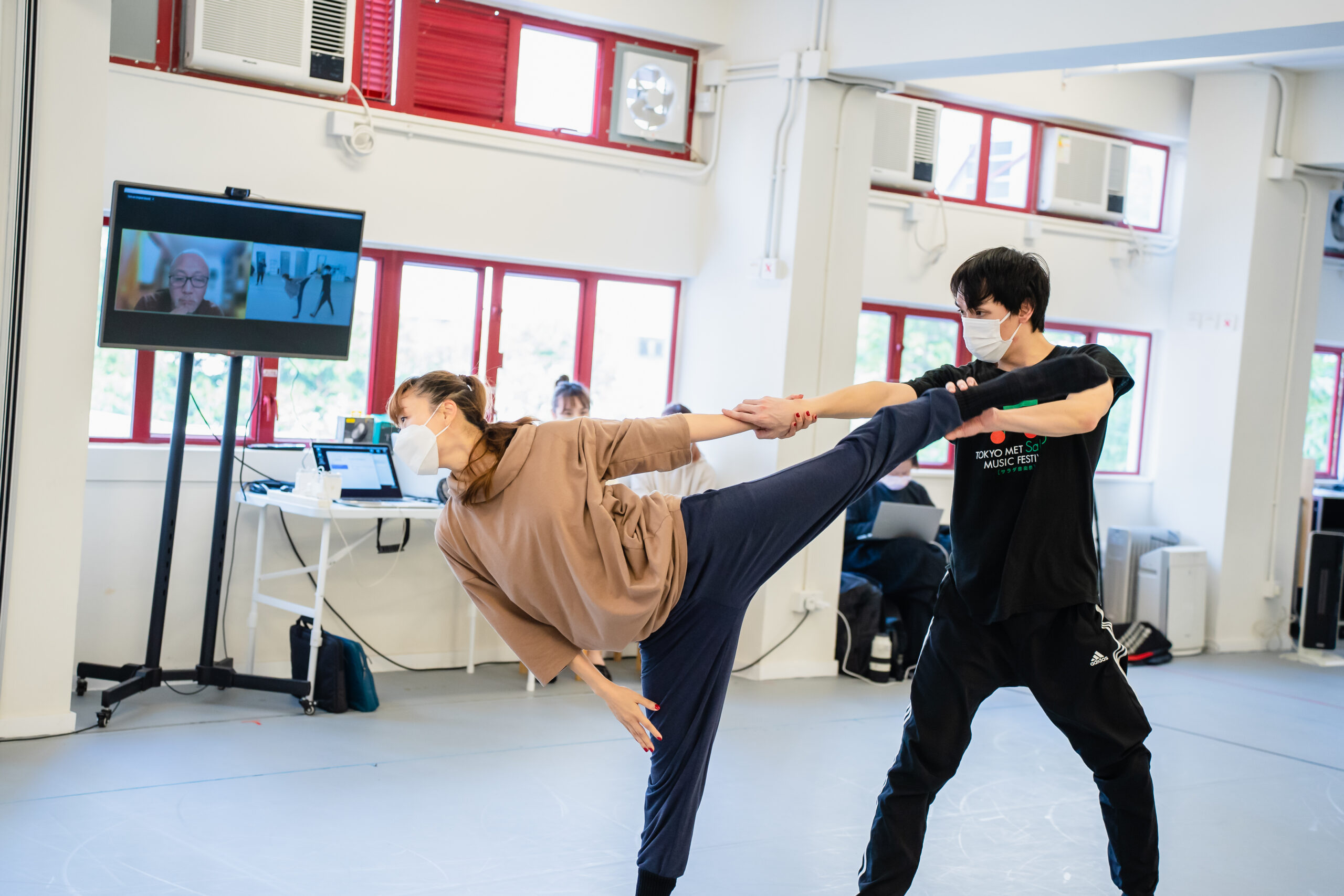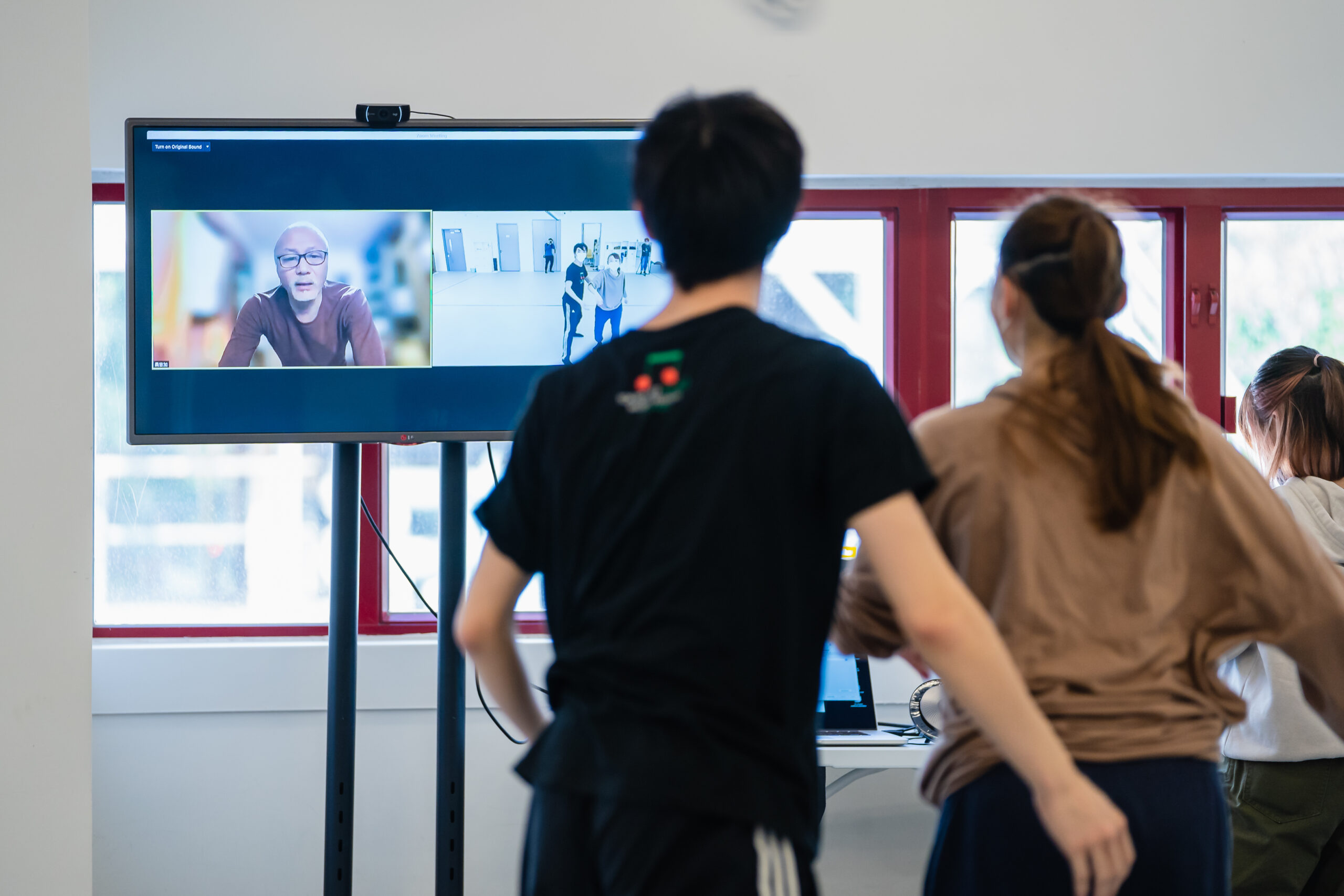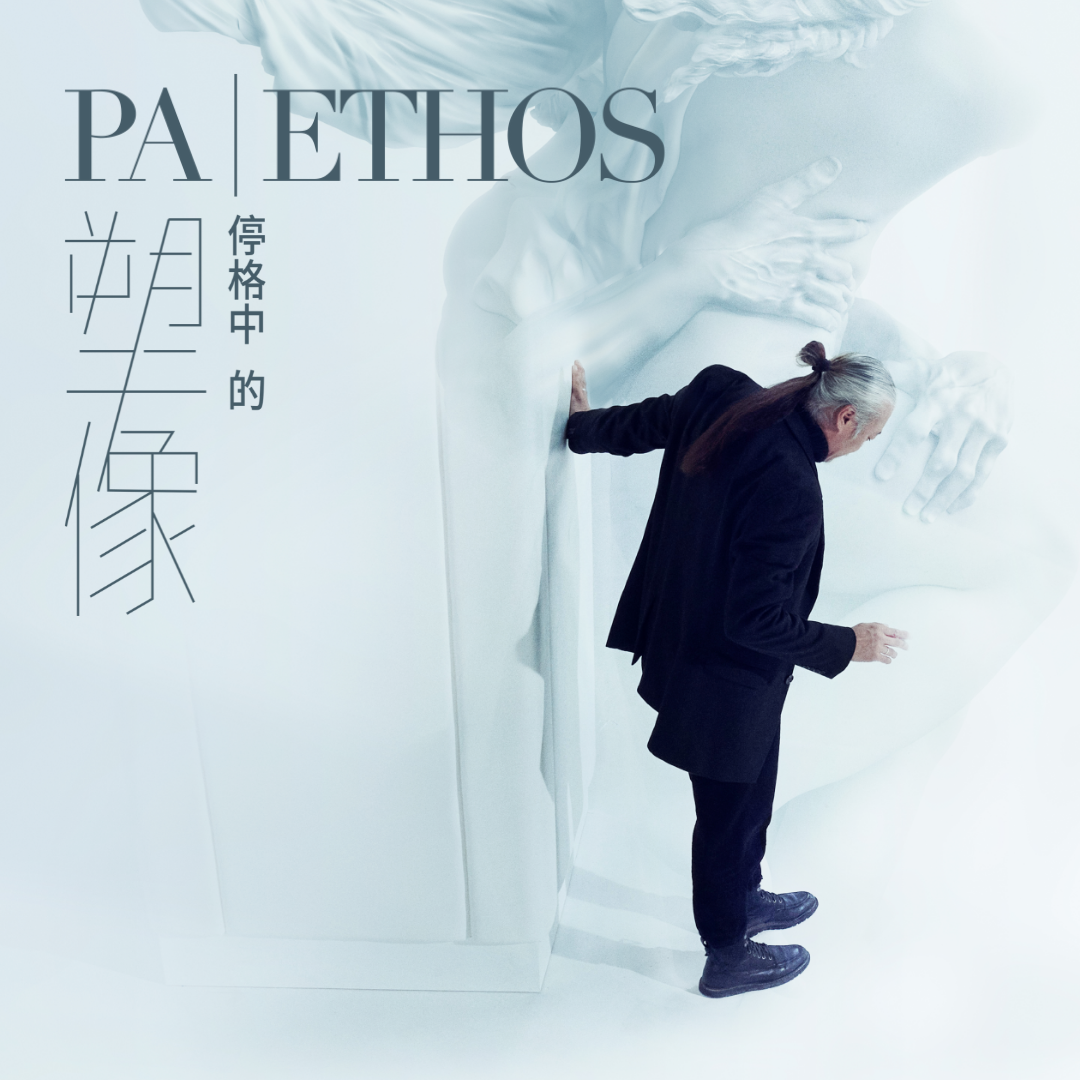Pa Ethos Rehearsal Journal
Throwback of Pa | Ethos with voices behind the scene
Interviewing Pa | Ethos- The Ineffable Dance
Moving Forward in Theatrical Winter ─ The Artistic Path Keeps on Going
Written by Iris Tang
2022-01-22
Reasons for shelved performance
The Hong Kong premiere of Pa|Ethos was originally scheduled for 21-23 January 2022 at Theatre, Sai Wan Ho Civic Centre. However, it was cancelled following the government’s announcement of tightened measures in view of the situation of the COVID-19 pandemic situation.
The dance artists are not robots; their performances are driven by thoughts and feelings experienced at that moment. Each performance will be subtly different; the details of movement and motivation will inevitably vary. Because of choreographer Sang Jijia’s dedication to presenting the artistry of his work live, a consensus was reached after much discussion with the artists about different options to keep a record of the rehearsal for the time being, rather than recording or live-streaming the performance online. Physical rehearsals for a live performance would be restarted at a later date. It was felt that the unique atmosphere and quality of a live performance and the dance artists’ commitment, concentration and physicality would be lost on a flat screen.
Background to the rehearsals for the Hong Kong premiere
The work was previously commissioned by multiple international arts festivals with the world premiere held in Italy in 2015. This was followed by 11 international tours and exhibitions at various festivals. When rehearsals began in January 2021, because of the serious Covid-19 outbreak, CCDC Resident Choreographer Sang Jijia was stranded in Beijing. He had to hold rehearsals from his home using Zoom. CCDC Technical and Programme & Marketing Departments were able to quickly respond to this disruption because of their experience handling two previous performance closures due to Covid-19.
Far from the Projection Screen
The rehearsal was led by Company Rehearsal Master Bruce Wong and carried out by using a video recording of the performance by Milano Spellbound Contemporary Ballet. Sang Jijia explained the work over Zoom, allowing the CCDC dance artists to recreate the Hong Kong premiere of Pa|Ethos. Watching the run-through from the other side of the screen, Sang Jijia’s body moved inevitably to the music, sometimes leaning in close to the screen to observe, while at other times the dancers jumped out of range and his eyes would follow them as if he could look through the screen and into the rehearsal space.
Sang Jijia likes to immerse himself in rehearsals ─ to appreciate and feel the atmosphere, to observe the dancers in their daily practice, and guide and inspire them to give the level of performance he demands. However, the physical absence of the choreographer made it more difficult to guide the dancers through the process of interpreting their roles, and it was impossible to finetune and customise their performances. Because of this, the initial rehearsals were expected to retain only the basic framework of the piece.
Fortunately, the CCDC dance artists had worked with Sang many times before and were already familiar with his standards. They had already developed a way of communicating with each other. They were able to explore the possibilities of interpreting their roles without too much guidance; something which would not have been possible if this had been their first collaboration. However, it was hard to project the overall staging; Sang Jijia had to demonstrate movement re-takes and requirements within the limitation of the screen. He said verbally describing movements was time consuming and posed a challenge during rehearsals. Whereas, if he could have demonstrated them in person, all the details of body coordination, dynamics and touch could have been conveyed at a glance.
Pa | Ethos
The original music for Pa|Ethos was composed by Hong Kong music producer and sound artist Dickson Dee. Sang Jijia and Dickson Dee have worked together many times, adding tension to compositions with their unique rhythm and imaginative interpretation of abstract creative concepts. The programme’s English name, Pa|Ethos, is composed of Pathos (emotion) and Ethos (character), and is taken from two of the three theories of persuasion in Aristotle’s great work Rhetoric. The choreography is inspired by the Italian Plastic Arts of the classical period, with a clear distinction between the first and second parts. Pathos, choreographed with students from the Hong Kong Academy for Performing Arts (HKAPA) in 2014, represents the neurological side, while Ethos, choreographed in Italy in 2015 with the Milano Spellbound Contemporary Ballet, conveys charged emotions. The two parts are thus combined to form Pa|Ethos.
Sang Jijia said that the HKAPA students who choreographed Pathos together were more aggressive than the rational and experienced full-time professional dancer. In the rhythm of the heavy beat, the dancers are required to perform in a neurological state, and to match the power, rhythm and their understanding of their partners, challenging their concentration, will and perseverance, while leaving unlimited room for refinement in technique and achievement. In contrast, Ethos, choreographed by an Italian dancer whose background is in ballet, is clean and powerful underfoot, with a wild spatial flow. He decided to paint the dancer’s body white to weaken the concept they were a living person and guide them into the mood of a sculpture, adding a poetic and imaginative dimension to the interpretation of the work.
Pa|Ethos focuses on the connections between people, space and movement, while at the same time using spatial movement to sculpt the physical details of motivations, causation and connection points, evoking passion in its precise execution. The CCDC dancers are described by Sang Jijia as being more dexterous in their interpretations; he asked them to be “elegant beasts”, balancing the delicate with the passionate and wild. The CCDC dancers’ work is a mixture of collisions and convergences, and is a unique interpretation of the choreography from the two places, giving rise to a new dynamic. He praised the dancers for achieving a very high level of performance, understanding the work with such a short time and for refining and absorbing it when they were able to meet in person to rehearse. The combination of stage lighting, sound, video, scenery, costumes and white body make-up is something that he is very much looking forward to presenting in Pa|Ethos.
We believe so we persevere
The sudden outbreak of the pandemic is drowning artists’ creative work and has had a significant impact on the culture and ecology of the art industry. Since the two lockdowns last year, the industry has fought for a solution that allows its members to work, film or rehearse in theatres without an audience. It is a pity that the theatres, which have been working so hard to maintain a low risk of viral transmission, are still categorised as places of public entertainment rather than places of work, and that the option of recording videos of performances for online broadcast was not considered as a contingency for this lockdown.
The Company’s Dramaturg, Melissa Leung, said that the sudden closure had cost the company not only in terms of money, but also in terms of the hard work put into their productions, both on stage and behind the scenes. While it is possible to put on a live performance by presenting it onscreen, adapting the production to focus on the physical performance and using technology to record or broadcast it live is only one of the temporary remedial options and one that involves more human resources and money. The experience is so different that it is better to cancel a performance rather than present it in an unsatisfactory way. There’s no substitute for a live performance.
Sang Jijia expressed his concern for the freelance artists, who have paid out of their own pockets to create their work, and then lost it all in an instant when performance venues were closed. The loss of talent and job opportunities are a serious blow to the industry. Sang Jijia said he believed that all this is stifling the pursuit of “beauty” in the arts. Because of the pandemic, we are forced to stay sealed off, masked and unable to see others. He wants to see blue skies and white clouds and return to the fundamental “beauty” of life to express his mood. He wants to spice things up with art, to put on a mellow and beautiful show in an outdoor venue with a view of the sea and the sound of the wind, while the sun begins to set.
Final message
Throughout this long journey of pandemic prevention and control, Hongkongers and people everywhere have grown tired. From work or school arrangements to dining restrictions, we have all read and studied the latest pandemic prevention measures, responding quickly to them and fighting for more feasible solutions. This is the enduring resilience of Hong Kong people. I would still like to ask readers not to get used to these vagaries of life and accept them as the “new normal”. The theatre industry will continue to persevere and stand tall in the face of all difficulties and strive to do its work. We wish that this “harsh winter” will soon be over and hope that Hong Kong will once again welcome the first blooms of spring. We look forward to seeing you all again back in the theatre.










